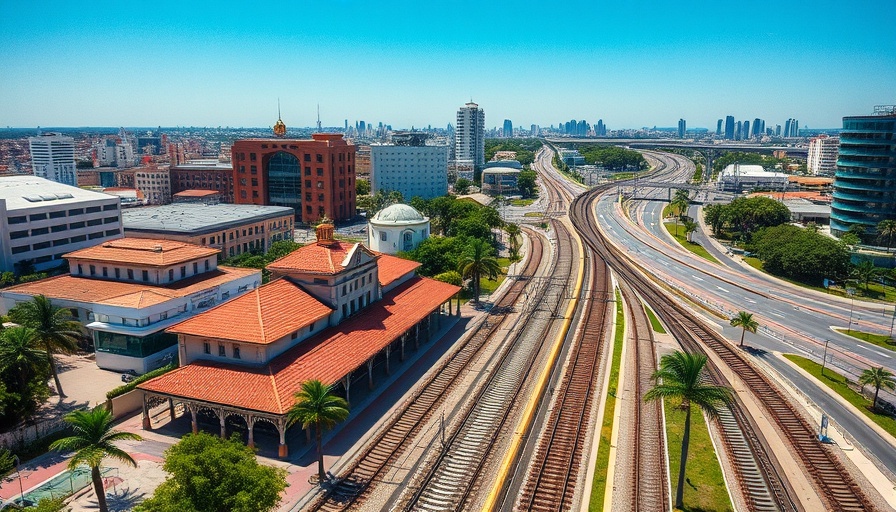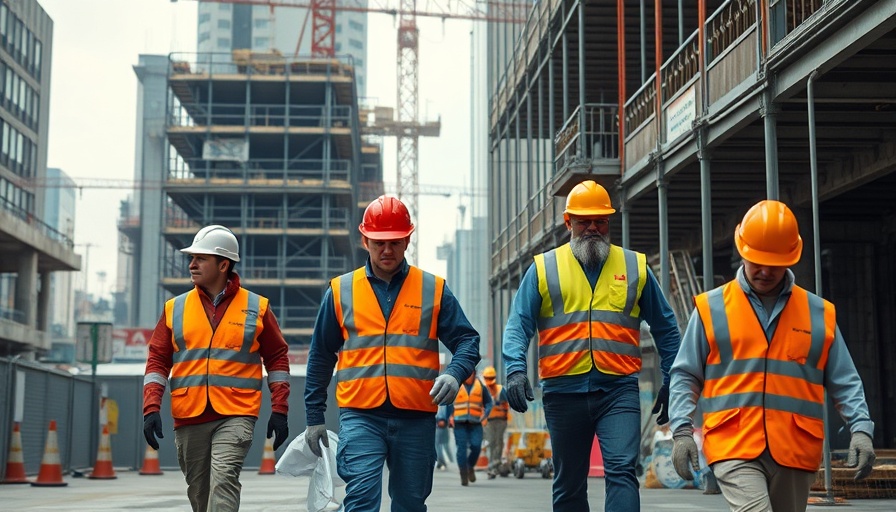
Shaken by Rates: The Current State of Construction
As 2024 progresses, the construction industry is increasingly grappling with the detrimental effects of elevated interest rates and input costs. Even as a modest uptick in planning activity was reported in June, the broader sentiment remains one of uncertainty. Contractors are caught in a swirling fog of high borrowing costs, compelling them to adopt a ‘wait-and-see’ stance regarding the initiation of new projects.
Uncertainty Stalls Momentum: The Path Forward
In conversations with industry experts, the consensus is clear: positivity is sorely needed to reignite the momentum that has seemingly stalled in nonresidential construction. Brian Schmidt of the American Cement Association articulates the industry's cautious approach: “Many commercial builders have developed a wait-and-see approach to planning and starting new projects until borrowing costs come down.” This reticence is reflected in the construction data from ConstructConnect, which shows a worrying spike in projects that have been delayed or abandoned, as highlighted in its Project Stress Index.
The Ripple Effect of Delayed Projects
As projects sit on hold, the implications ripple throughout the industry. Delayed decisions lead to labor market instability and can stifle innovation as companies hesitate to invest in new technologies or sustainable building practices. With the construction industry already facing challenges such as shortages of labor and materials, stagnation can pose threats to future growth. Moreover, the uncertainty around tariffs, especially as they relate to material costs, adds another layer of complexity to the decision-making processes for developers and contractors alike.
Future Trends: What Lies Ahead for 2025
Looking ahead, most developers are hoping for a decline in interest rates to ease the financial burden on projects and incentivize groundbreakings. Several experts predict that once rates stabilize or decline, we may see a resurgence in construction activities as pent-up demand is released. However, the ability of firms to adapt to shifting economic landscapes will be critical. Those who can embrace innovative financing solutions or pivot towards cost-effective project delivery methods may emerge stronger from this period of uncertainty.
Final Thoughts: A Call for Strategic Resilience
As uncertainty looms, it is imperative for business owners, property developers, and facility managers to consider how they can bolster their resilience in these challenging times. Understanding the nuances of cost management as well as exploring alternative financing methods can provide a buffer against the shifting landscape. Engaging with industry data and insights will empower decision-makers to navigate these turbulent waters confidently.
 Add Row
Add Row  Add
Add 




Write A Comment